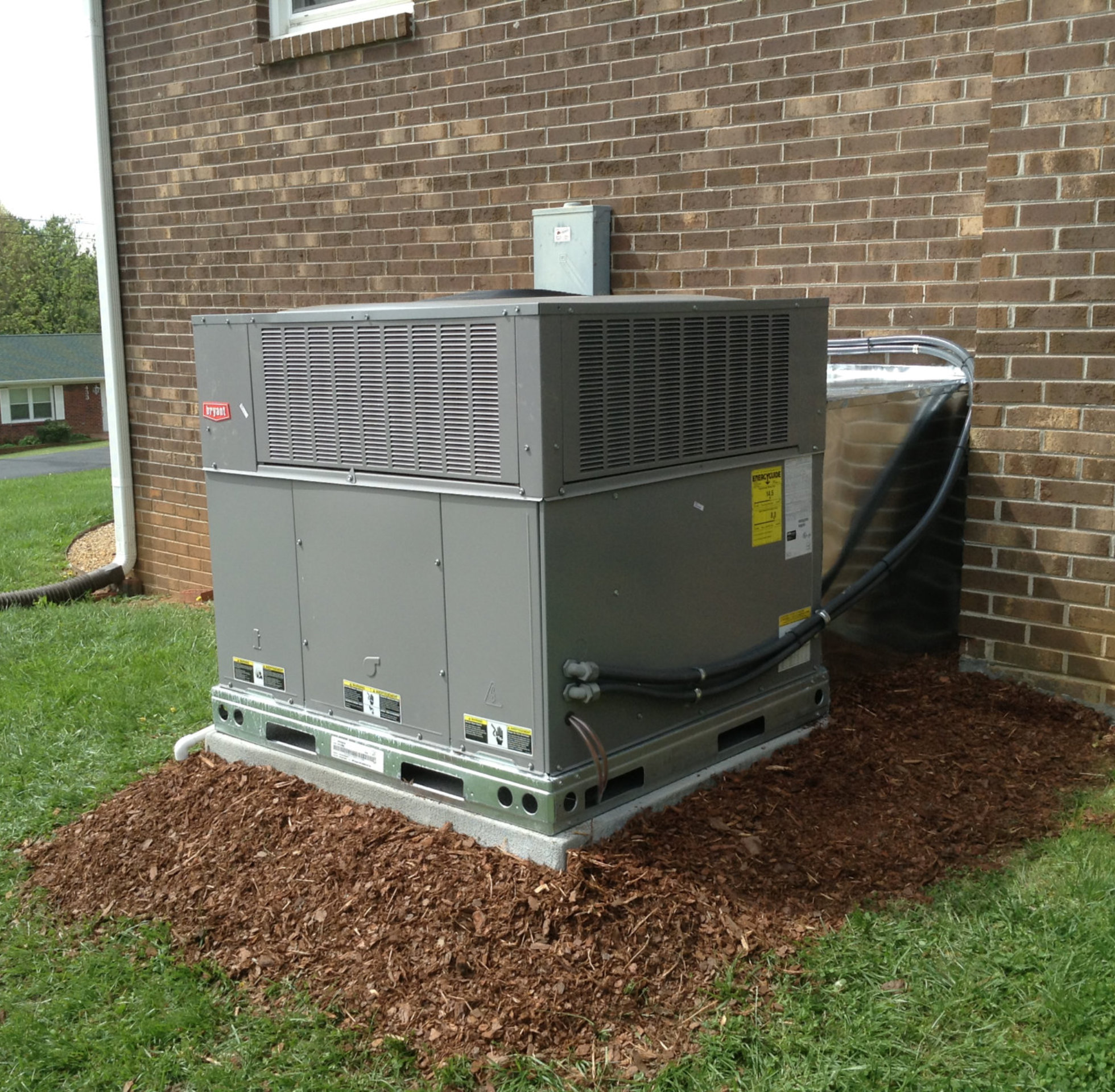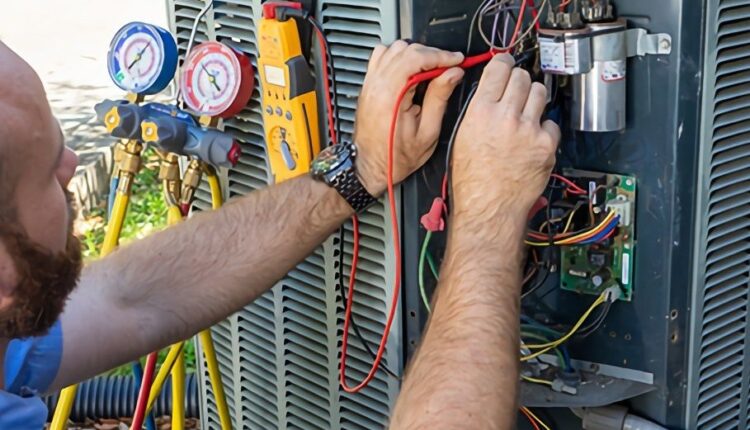The efficiency of your HVAC system is not just about temperature control; it’s also about understanding the factors that influence its performance. One critical aspect that often goes unnoticed is static pressure. In this guide, we will unravel the mystery behind static pressure in HVAC systems, answering the question: “What is Static Pressure in HVAC?”
Exploring the Basics: What is Static Pressure in HVAC?
Before we delve into the intricacies, let’s answer the fundamental question: What is Static Pressure in HVAC? Static pressure refers to the force exerted by air molecules in a duct system, resisting the flow of air. It is a crucial metric that impacts the efficiency and performance of your HVAC system.
Understanding the Significance of Static Pressure
Impact on Airflow
- Significance: High static pressure restricts airflow, leading to reduced system efficiency.
- Tip: Regularly monitor static pressure to ensure optimal airflow.
System Efficiency
- Significance: Elevated static pressure forces the HVAC system to work harder, decreasing overall efficiency.
- Tip: Maintain static pressure within recommended levels for energy-efficient operation.
Equipment Longevity
- Significance: Excessive static pressure can contribute to premature wear and tear on HVAC components.
- Tip: Properly size ductwork and address any issues promptly to extend equipment lifespan.
Measuring and Interpreting Static Pressure in HVAC
Static Pressure Gauges
- Measurement Tool: Static pressure gauges are used to measure the pressure within the ductwork.
- Interpretation: Compare readings with manufacturer guidelines to assess system health.
Pressure Drop Calculation
- Measurement Method: Calculate pressure drop across components like filters and coils.
- Interpretation: Identify and address high-pressure drops to optimize system performance.
Tips for Managing Static Pressure in HVAC Systems
Regular Maintenance
- Tip: Schedule routine HVAC maintenance to clean filters, coils, and inspect ductwork.
- Benefit: Prevents the accumulation of debris that contributes to increased static pressure.
Proper Duct Design
- Tip: Ensure ductwork is appropriately sized and designed for the HVAC system.
- Benefit: Minimizes resistance and maintains optimal static pressure levels.
In concluding our exploration of “What is Static Pressure in HVAC?” it’s clear that this often-overlooked factor plays a pivotal role in the performance and efficiency of your HVAC system. By understanding static pressure, monitoring it regularly, and implementing proper maintenance practices, homeowners can ensure their HVAC systems operate at peak performance, providing comfort and energy efficiency for years to come.





